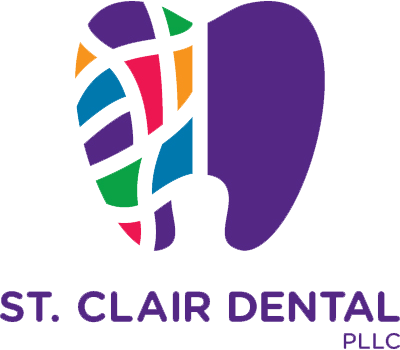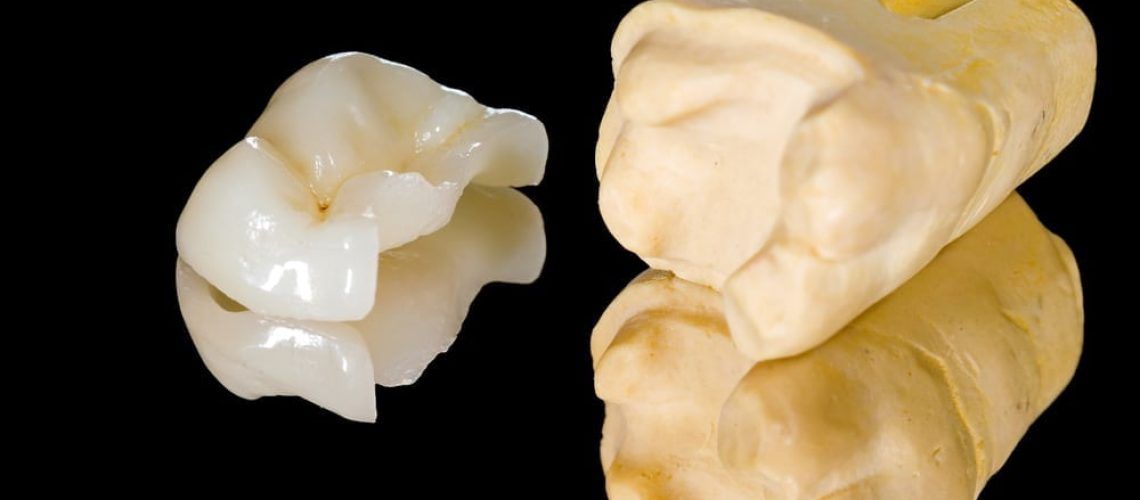Any tooth that suffers from damage, such as decay or trauma that sits in between too damaged to have a filling but not also damaged for a full crown, can be treated with either an inlay or an onlay. These are indirect fillings, where the parts of the synthetic tooth are fabricated in a dental lab, and then bonded to the tooth. Inlays refer to restorations that fit the center of the tooth, primarily where either the molar grooves sit inside or where the pointed cusp/edge extends outward. For onlays, they replace the outer areas of the molar grooves and cusps of the tooth. These tooth parts are made to match the surrounding teeth and help restore any damage present, making aesthetic-looking teeth a higher possibility.
Did you know…
That inlays and onlays have an extremely high success rate compared to other dental treatments? This rate of success is because they are custom made to fit each patient, thus making them last longer than traditional fillings. These forms of restorations can match the natural shade and shape of the tooth, especially when other types of treatment are unable to repair the tooth properly. These kinds of restorations also restore your teeth’ natural health by protecting the root from infections and are typically highly resistant to damage and degradation, depending on the materials used.
Frequently Asked Questions
Do I qualify for an inlay or onlay?
If you have moderate tooth damage or decay present, such as parts of a missing tooth that has the dentin and root exposed, you could qualify for either of these procedures. Inlays and onlays can significantly benefit your health by cementing into the crevices and grooves of the teeth’ enamel, making them stronger and giving off a perfect seal from bacteria. Contact Dr. Karl if you have any questions regarding your qualifications for either inlays or onlays.
What is the treatment plan for an inlay or onlay?
Whether you’re getting an inlay or onlay, you should expect the treatment plan to last over multiple appointments. First, Dr. Karl will need to take an impression of your teeth using either an alginate mold or digital scanner and then send the impression to the dental lab for fabrication. A temporary restoration will be installed onto the tooth using temporary glue. Once the restoration is complete, Dr. Karl will bond the restoration to the tooth.
How do I take care of my inlays/onlays after treatment?
Avoid sticky and hard foods during the time that you have your temporary restorations in place. However, once the permanent restorations are set in place, you can resume eating, brushing, and flossing habits as usual. If you wish to learn more about inlays/onlays, contact Dr. Karl at St. Clair Dental today.

